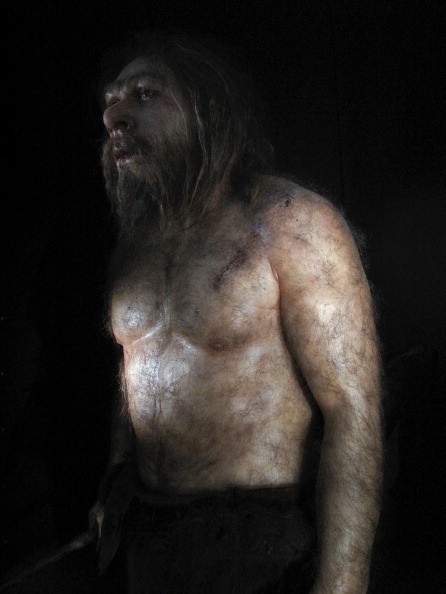A new study suggests that recently unearthed extinct human species, Homo naledi, possessed hands and feet that were good in using tools and tree climbing.
Findings of the research offers a new perspective on how how early humans experimented with a variety of design. The study was conducted by an international team of scientists associated with the Evolutionary Studies Institute at the University of Witwatersrand, and the results were published in the journal Nature Communications.
Over 1,550 bones and bone fragments of H. naledi have been recovered from a cave in South Africa, the single-largest fossil hominin find made yet in Africa. Study lead author Tracey Kivell and the team examined the hands of H. naledi, analyzing the 150 different points including a nearly complete adult right hand. They found out that the hand exhibited features that were never seen before in any human fossils.
Findings from examined wrist bones and thumb suggest that H. naledi had a powerful grip and exhibited the ability for precise manual manipulation required for the use of stone tools. Inspecting the foot also suggests that ancient human ancestor combined the abilities for precise hand manipulation and tree climbing, Live Science reported.
In addition, the long thumb, curved fingers, and wrist displayed the ability of making and using tools. The H. naledi feet, based on 107 bones, are also similar to modern humans, formed for long-distance walking. Its curved toe bones helped them to walk around upright. In comparison, other hominins had longer finger bones that were ideal feature for grasping limbs while climbing and suspending from trees.
The findings were also pointing out that it may be the missing link in the fossil record. However, study co-author Jeremy DeSilva of Dartmouth College said that the concept is only based on an old and misguided idea that humans evolved from apes, expecting that fossils would reveal a half-human, half-ape ancestor. DeSilva added that humans and chimpanzees share a common ancestor that was neither human nor chimpanzee.
Researchers said that they are still not quite sure how this extinct human would have walked differently from modern humans.



























